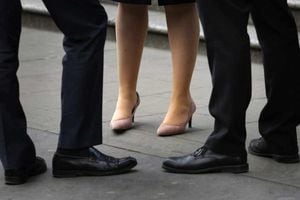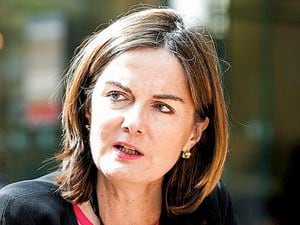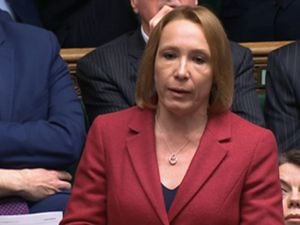Shropshire Council pay gap at 20 per cent - but figures 'don't tell full story'
The gender pay gap at Shropshire Council is 20.79 per cent – although the authority has said the difference is down to more women being employed in low-paying jobs.

The figures, released by the council, show that women make up 79 per cent of its workforce and that 57 per cent of the authority's top five per cent of earners are female.
However, the mean average pay gap is 20.79 per cent. The figure has been calculated on the average hourly rate of each non-school employee, both full time and part time.
A spokesman for the council said the figures did not reveal "the full story".
He said: "To put this into context, almost a third of Shropshire Council’s workforce is made up of cleaning and catering services staff, which are predominantly lower paid, part time job roles occupied by women.
"This has a distinct influence on the overall gender pay gap for employees. When considering non-cleaning and catering related roles, Shropshire Council’s Gender Pay Gap as a mean average drops to 11.81 per cent.
"It is also important to note that a large proportion, 67 per cent, of our employees are part time and again in lower paid job roles such as administration and care workers. When looking at the gender pay gap for all full time only employees Shropshire Council’s gender pay gap as a mean average hourly rate reduces further still to 8.64 per cent.
Diversity
Steve Charmley, Shropshire Council’s Cabinet member for corporate support, said: "Shropshire Council is committed to equality across all strands of diversity, and we are very proud and encouraged to see that the top five per cent of the highest earners in the council are women and that women make up nearly 80 per cent of employees in the council.
“We must stress that our gender pay gap is not the result of us failing to pay men and women equally. We do, however, have more women in lower paid jobs than men, and this is mostly due to the distribution of men and women in the organisation. We have a higher proportion of women in lower paid roles, resulting in their average pay being lower.
"We have a number of policies in place to work to achieving a representative workforce across Shropshire. We will, however, review these figures and continue to measure our progress.”
Clive Wright, Shropshire Council’s chief executive, added: “We continually strive to ensure that all employees have the opportunity to develop. Our job evaluation processes are fair and robust to ensure both genders are paid equally, according to the skills and responsibilities of their role.
“Shropshire Council continues to look at ways to help reduce the gender pay gap. Our flexible working policy enables employees to request flexible working, whether that be in terms of working hours or locations such as working remotely, so that employees can achieve a work life balance, which have helped us to attract and retain our staff.
“We’re also actively investing in our staff through our future leaders programme, to develop our leaders of tomorrow. Our first programme has proved highly successful.”





